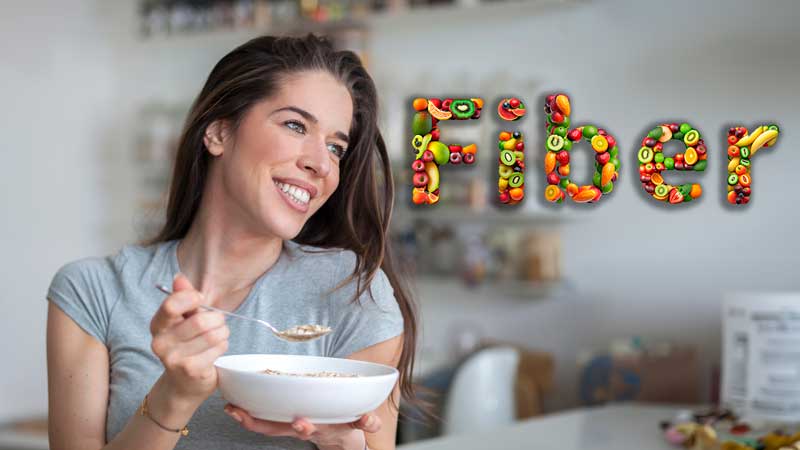
Carbohydrates or Carbs get such a bad rap that there is a name for how people often react to them: carbophobia! The saddest part is that the same people who avoid them like the plague, are the ones loading up on foods that truly pose a threat to our health, such as saturated fats.
Two top concerns attached to this carbophobia are weight gain and diabetes type 2. But, when you put carbs and fats head to head to see which one causes more weight gain, fats win hands down. Even the strictest ketogenic diets often plateau because the initial lost weight is not typically fat-mass, it is water and protein.
Regarding diabetes type 2, a lot of people don’t know that high glucose levels in the blood are not the cause, they are the consequence. What causes diabetes type 2 is the fat in our diets, particularly saturated and trans fats that clog our muscle cells, inhibiting the access of glucose into these cells. Therefore, low-carb diets rich in fats may initially appear to alleviate the symptoms, but in the long run, they make things worse.
Whole Carbs vs. Refined Carbs
A diet rich in whole-food plants is rich in complex carbs that are vital for our health. These foods are also packed with essential vitamins, minerals, aminoacids, and phytonutrients that our body needs to thrive. And yes, they also include simple carbs, because glucose is our body’s preferred source of energy. Not only that, our muscles store glucose in the form of glycogen and fully rely on this storage for anaerobic metabolism (metabolism without oxygen) which is the initial stage of energy production while exercising. In fact, a diet rich in fats and low in carbs impairs anaerobic metabolism.
When we obtain glucose as part of the whole-food package, we allow our body to digest this food and slowly release its glucose into our liver and into our blood while also taking advantage of all the other accompanying nutrients. Forget about the sugar spikes and lows that often result from processed foods. When we eat whole foods, we can achieve a balanced energy-production cycle.
Below, you will find the top two carbohydrate categories and learn more about how they benefit our body.
Complex Carbohydrates: Prebiotics and SCFAs Precursors
The following two types of complex carbohydrates or polysaccharides are not just key to maintaining a healthy digestion, they are also key to promoting a healthy microbiome. While our body can’t break them down, our probiotics can, resulting in the production of short-chain fatty acids or SCFAs.
If you think of fiber as just roughage to help keep your digestive tract clean while moving things along, this new information will blow your mind! Yes, fiber does that, it also keeps us from absorbing sugars too fast. But there’s another key benefit that has to do with our gut bacteria. A diversity of fiber helps us feed a diverse healthy microbiome. And when our probiotics feed on this fiber, they produce short-chain fatty acids or SCFAs, that have a tremendous impact on our health. Let’s just say your heart, your brain, your immune cells, your metabolism, your colon… and pretty much every part of your body will thank you for adding more fiber into your diet. Visit our Fiber interactive page.
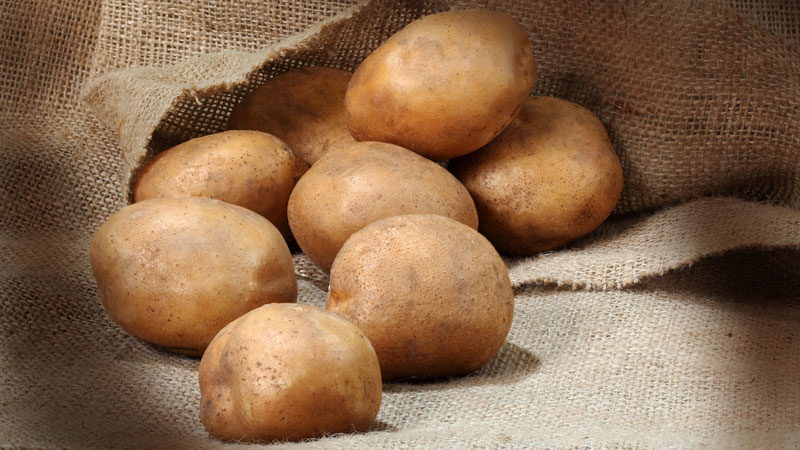
Resistant Starches
Resistant starches, like those found in potatoes or rice, have similar benefits as soluble fiber. They pass through our small intestine intact, and are fermented in our colon by our gut bacteria. Just as fiber, they promote a diverse microbiome, and when fermented they result in short-chain fatty acids or SCFAs. Here’s a trick, when you cook starchy foods and then put them in the fridge, the resistant starch content increases! Even if you heat them up again before eating, you’ll maintain these resistant starches! So, enjoy your leftover potatoes or last night’s pasta dish. Plus, more resistant starch means more SCFAs which release satiety hormones that can promote weight loss by keeping us from overeating.
Simple Carbohydrates: Energy Source
Simple carbs are basically sugars (saccharides) that our body’s cells use for energy. There are two types: monosaccharides (one-sugar molecule) and disaccharides (two-sugar molecules bound together). Our cells can only use one-sugar molecules, preferably in the form of glucose. Therefor, it will break down disaccharides into one-sugar molecules that it can use.
These are the main monosaccharides in our diet:
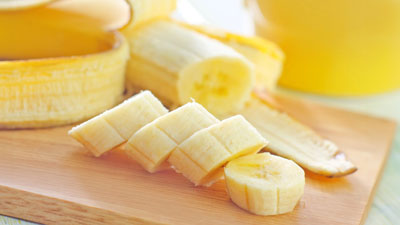
Glucose
Glucose is our body’s preferred source of energy. It is present in many of our foods, particularly in fruits, and our body can also get it by breaking down disaccharides or by metabolizing other forms of sugar into glucose. During digestion, glucose is sent to our liver where some is stored as glycogen, some is converted into fat, and most is released in our blood cells so it can be distributed to all our cells with the help of insulin. Our muscles also store excess glucose as glycogen, so it can be available for energy production when needed.
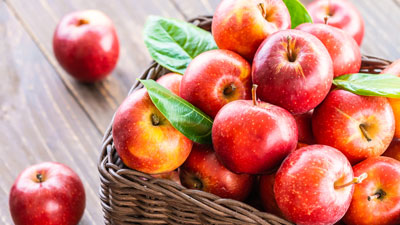
Fructose.
Fructose is also present in various foods, particularly in fruits and vegetables. After ingestion, our body metabolizes it into glucose so all cells can use it. This process can only happen in some tissues, like our liver, intestine, kidneys, adipose tissue, and muscles. As opposed to glucose, fructose doesn’t need insulin to enter our cells.

Galactose
Galactose is a sugar molecule present in all milk as one of the two components of lactose (see below). As a molecule, it is very similar to glucose, and it’s just as sweet too. Galactose helps babies produce and store energy, and regulate their assimilation of carbohydrates. Aside from milk, galactose is also present, in small amounts, in foods like cherries or avocado.
These are the main disaccharides in our diet:
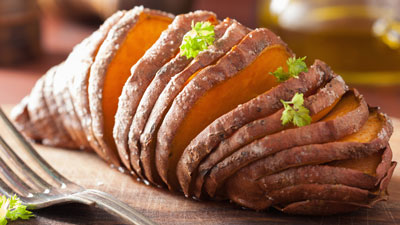
Maltose
Maltose is made out of two glucose molecules bound together. Cooking starches breaks them down into pairs of glucose. Maltose is also found in sprouted grains and other foods. After we eat maltose, an enzyme in our body named maltase separates these two glucose molecules so that our cells can use them for energy.

Sucrose
Sucrose is found in abundance in sweeteners like commercial sugar or maple syrup. It is made out of one glucose molecule and one fructose molecule that our body breaks down for energy. When we ingest sucrose without the fiber package, it hits our bloodstream faster resulting in sugar spikes and excess glucose that ends up stored in our muscles and liver, or as fat.
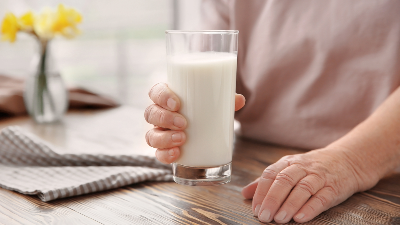
Lactose
Lactose, present in the milk of all animals, is made out of glucose and galactose. After ingestion, an enzyme called lactase breaks it down in our intestines. Lactose is the key source of energy for babies until they start weaning off milk and eating more solids. Since milk is meant for babies, a lot of people stop producing enough lactase to break down lactose, resulting in lactose intolerance.
References

